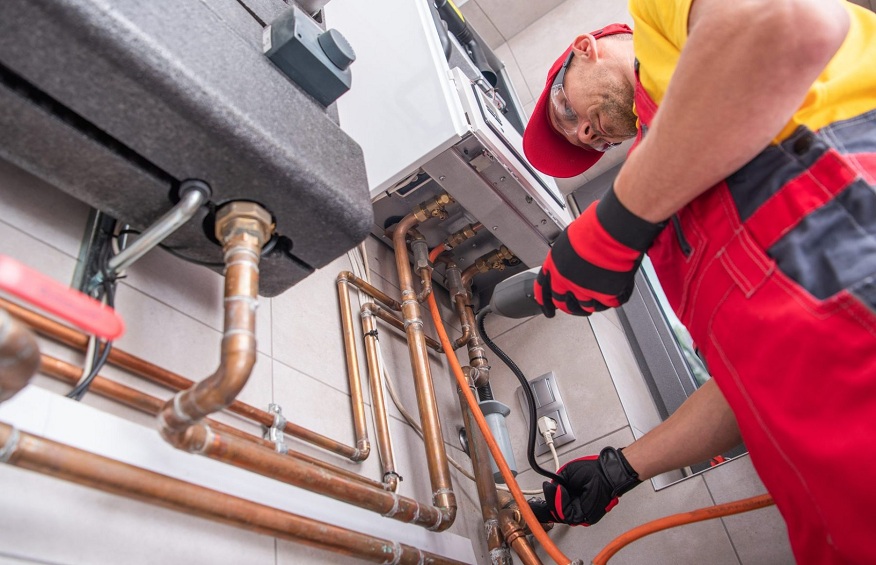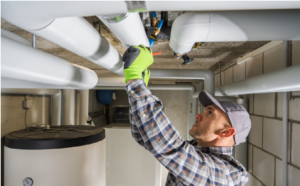
How do you know whether your furnace is leaking carbon monoxide?
You most likely operate your furnace almost nonstop in the winter. But even as you’re cuddling up, anything could go wrong. Furnaces release potentially harmful gasses since they rely on combustion to provide heat. One of them is carbon monoxide, which is highly hazardous.
Since carbon monoxide has no color, you cannot visually detect its presence. Furthermore, it has no scent, so you can unknowingly breathe it in. Fortunately, you can recognize some early warning indicators of a carbon monoxide leak in your furnace. Here are some of the common signs of a carbon monoxide leak from your furnace:
Uncommon smell
Carbon monoxide doesn’t smell, and it is invisible. But the leak’s source, like a combustion spill, can emit a burning smell.Thus, you may have a gas leak if you turn on your furnace and notice a burning smell. Take appropriate precautions and seek emergency furnace repair Calgary if you notice unusual smells from your furnace.
Condensation
Is there a lot of condensation on the window next to your gas unit? A carbon monoxide gas leak may be present if you see any odd moisture in the window near your gas heating unit. This occurs for several reasons, such as a fuel-burning device or furnace that isn’t working correctly. Because water vapor is a byproduct of combustion, condensation indicates that exhaust gases are not venting. Thus, water vapor may be visible near a carbon monoxide leak.
Yellow flame
The flame color of a gaseous fuel should be a bright blue. What does this signify? The blue flame indicates complete combustion. The burner supplies the correct air-fuel mixture and oxygen intake for the burner to finish burning.
Conversely, incomplete combustion is indicated by the yellow flame. Your unit may produce too much carbon monoxide due to an incorrectly adjusted burner if it sparks a yellow flame. This means the system is malfunctioning and is releasing carbon monoxide, a poisonous gas. It is important to remember that certain furnaces, such as fireplace logs and torches, are not compatible with particular flame colors.It is essential to inquire with your gas heating unit’s maker about how the flame operates.
Carbon soot marks
Unfinished combustion using carbon as fuel produces carbon soot. Unburned carbon leaves behind soot, a flaky, colored substance that might be yellow, brown, or black. Be cautious of a carbon monoxide gas leak if you notice this mark near your gas heating device.
Exorbitant heating costs
Your gas bill may have increased unexpectedly, which could indicate a gas leak. What choices do you have now? Contact a qualified furnace maintenance service provider to do a carbon monoxide test and ensure your gas furnace is operating correctly.
Final thoughts
If you own a furnace, you should ideally have carbon monoxide detectors. These gadgets resemble smoke detectors in size and form, and they work similarly to smoke detectors in detecting minute levels of carbon monoxide in the atmosphere. The alarm on the gadget sounds like a loud beep when the air saturation exceeds a predetermined point.


